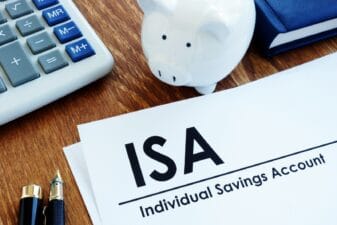For a whole generation of investors, buy-to-let investing has been the perfect way to boost pension income.
A Goldilocks scenario of rising rents, rising property prices and falling interest rates, has helped buy-to-let investors profit substantially over the past few decades. A light touch approach to regulation and taxation has also helped buy-to-let investors achieve substantial rewards.
But it now looks as if the winds are changing for buy-to-let investors. Property prices are stagnating, interest rates are rising, and the government is clamping down on bad landlords, which means more regulation for the sector as a whole. The cost of complying with this regulation is eating into profits and so are new tax rules. Changes to stamp duty and mortgage tax relief have hit landlords where it hurts: in the pocket.
All of the above mean buy-to-let investing is no longer as lucrative as it once was. In fact, I believe that these changes mean rental properties have become one of the worst investments to have if you are looking to boost your income in retirement.
Bad investment
Over the past few decades, buy-to-let investors have profited from both capital growth of their properties, and cash flows in the form of rental income.
With property price growth slowing across the UK (according to one survey, house prices fell by more than £5,000 or 1.7% on average in November) the income component of the equation is becoming increasingly more important for investors who want to generate a positive return from buy-to-let.
However, the one thing I believe investors always overlook look when considering buy-to-let is how sustainable the income stream from tenants really is. There is never any guarantee that you will be able to find a suitable tenant who is willing to pay the rent you want to charge. At the same time, as a landlord, you are responsible for a certain level of upkeep of the property. Maintenance costs could quickly eat up rental income, especially if there’s no tenant in the property while the work is going on.
Rising pension age
At the time of writing, the UK state pension age for both men and women will reach 66 by October 2020 and will continue rising to 67 for both men and women by 2028. With the income stream for buy-to-let property never guaranteed, if you are worried about the impact the rising State Pension age may have on your income in retirement, I think this could be one of the worst ways to boost your retirement income.
Instead, my money is invested in a portfolio of dividend stocks, companies that have a long track record of maintaining distributions to investors.
I reckon this strategy is superior to buy-to-let for several reasons. First of all, the funds I have chosen own around 100 dividend stocks that are based around the world. The chances that these companies will cut their dividends to zero all in one go are almost non-existent, so I should always have an income stream. Second, I can hold these funds in an ISA, so I don’t have to worry about extra tax demands. And thirdly, I don’t have to worry about finding suitable tenants or property maintenance. All I have to do is sit back and watch these companies grow and the dividends roll in.







